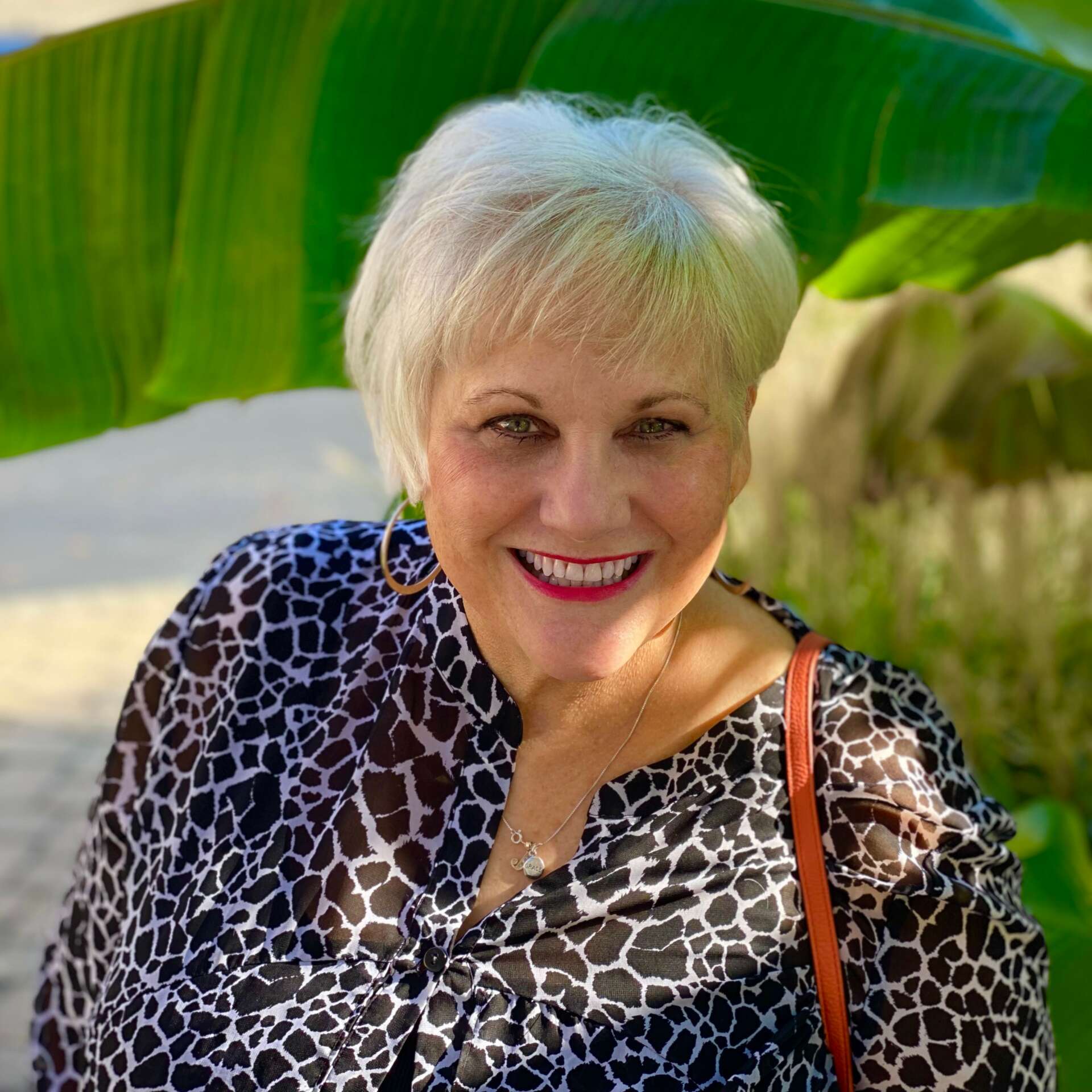We caught up with the brilliant and insightful Jane Bobel a few weeks ago and have shared our conversation below.
Jane, looking forward to hearing all of your stories today. Let’s start with a story that highlights an important way in which your brand diverges from the industry standard.
I believe it’s critical for a graphic designer to fully and completely understand the project and the client. I read the copy, in detail. I research the client. I review work from the client’s competitors. I proofread the project I’m working on and sometimes discuss the content with the writer so I can better understand it. I’m not about making something look hip and cool. I’m about making it work and work well. It’s my job to communicate the message effectively.
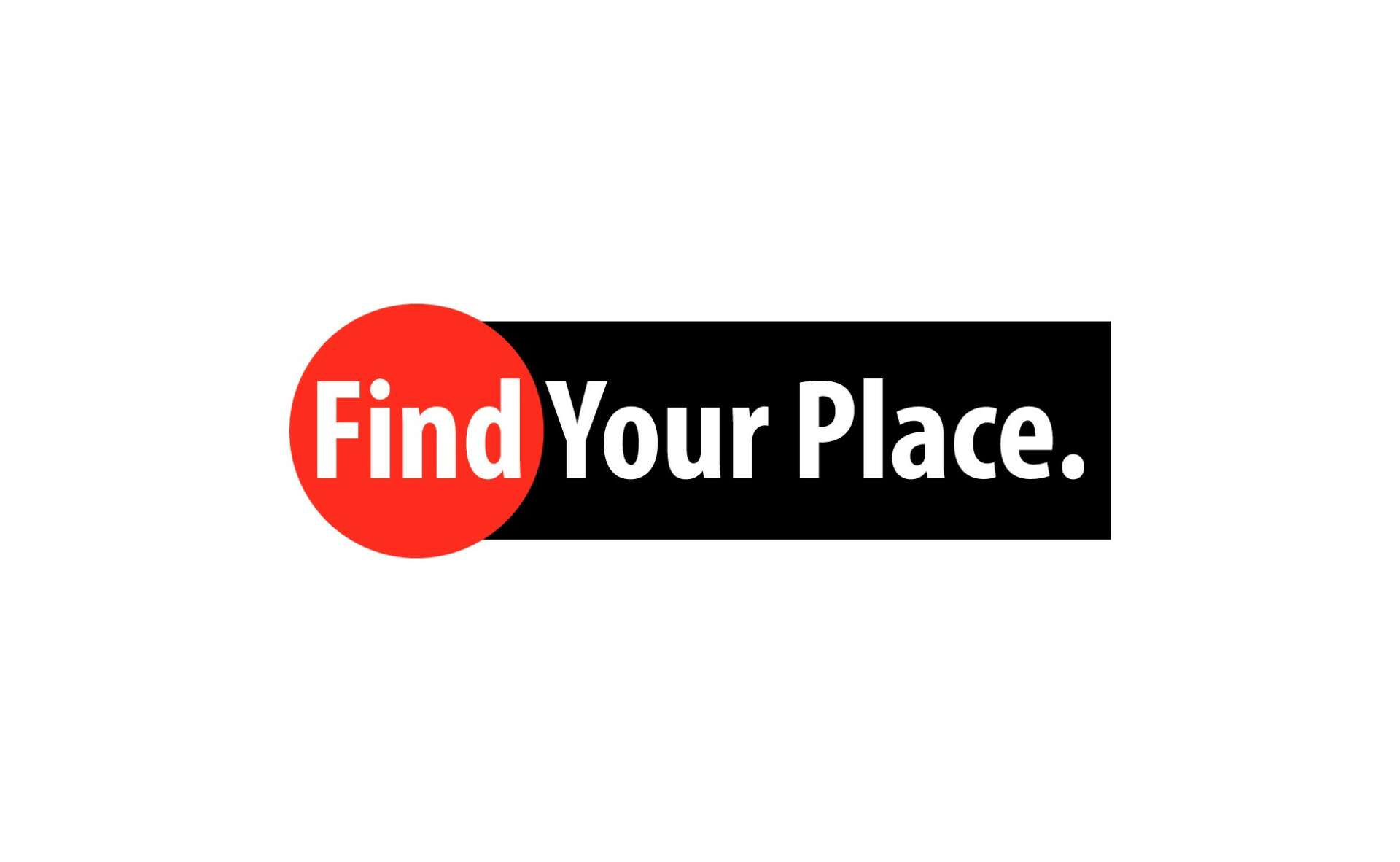
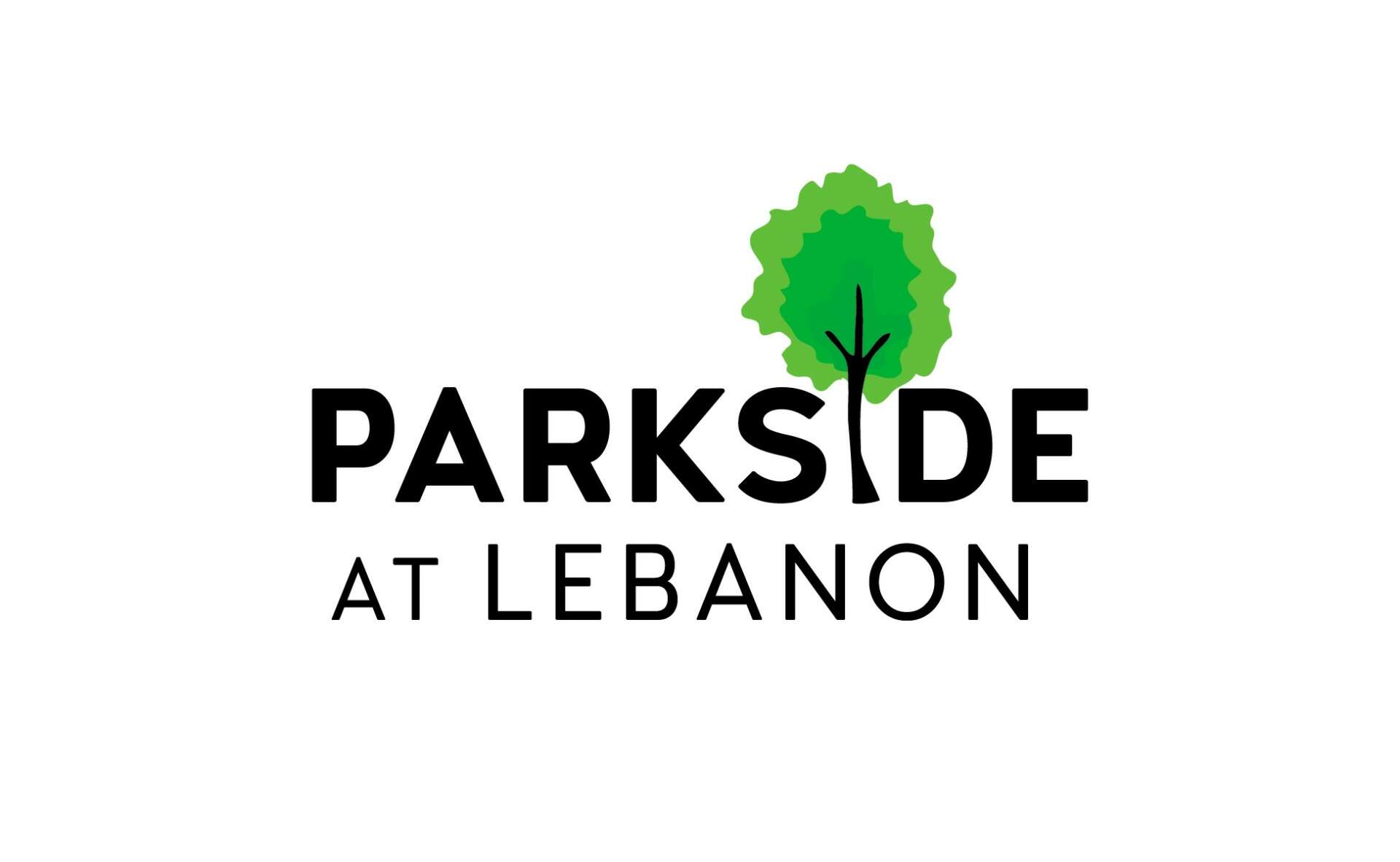
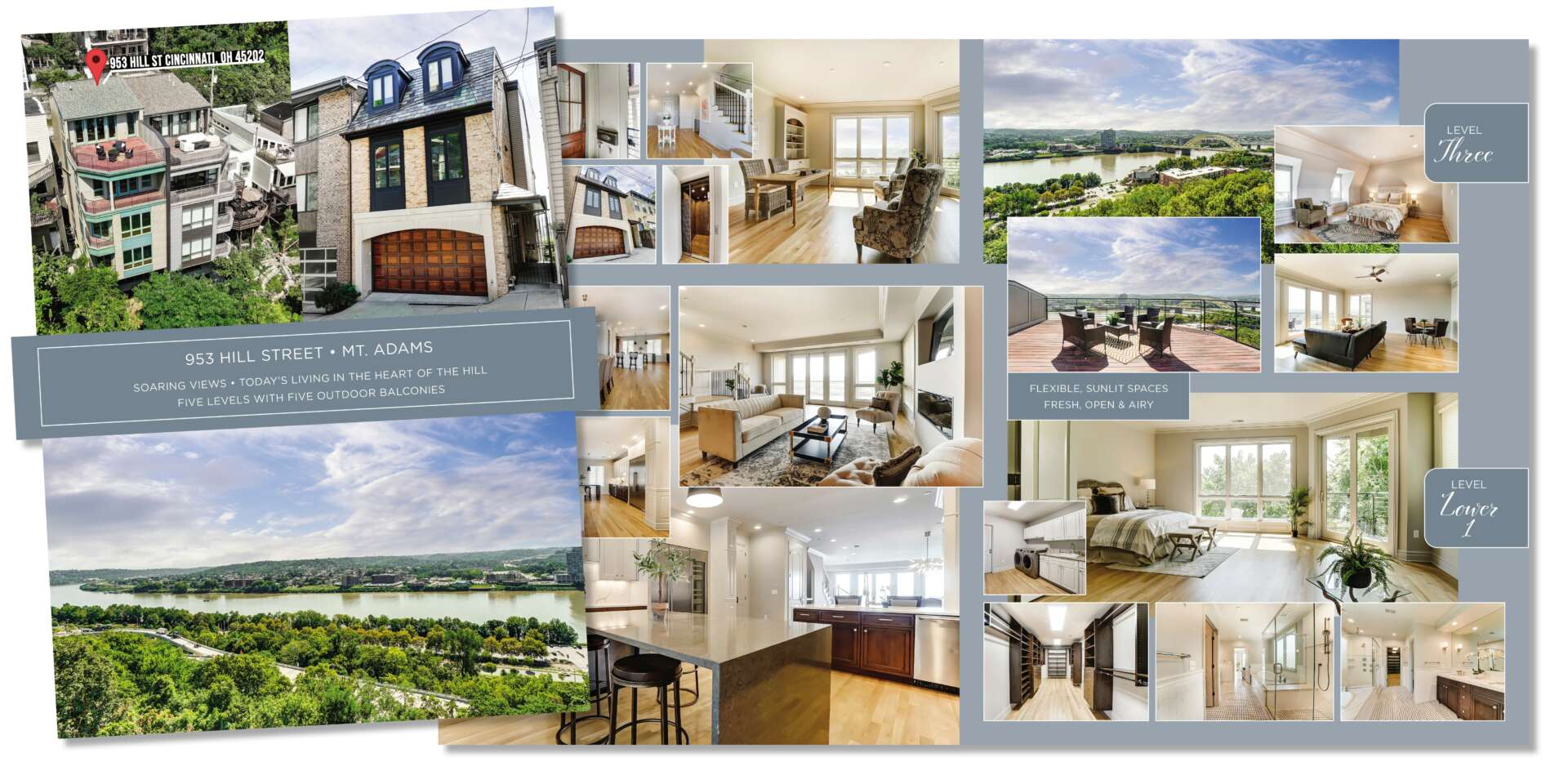
Jane, before we move on to more of these sorts of questions, can you take some time to bring our readers up to speed on you and what you do?
I am the middle of the three daughters who grew up on Lake Erie in northern Ohio. I was surrounded by creatives and small business owners, and it clearly rubbed off on me. Hard work and strong relationships with family and friends were highly valued and that, too, rubbed off on me. I graduated from college with a degree in visual communication and plunged myself into a very promising career only to give it all up to marry a guy and move far away where there were zero career opportuntities. Motherhood, divorce, single parenting, caring for elderly parents and more intervened, but I found a way to keep my design career going. I was a design student when everything was done by hand — t-squares, acetate overlays, rubylith, type galleys. When computers came on the scene, I embraced them and made the transition when most of my peers moved on to other things. I’ve owned and operated a design studio working with a number of health care, non-profit and small business clients for many years. I am a survivor.
What I provide my clients: I passionately offer creative solutions for projects large and small to my clients with a listening ear, attention to detail and unmatched project management skills. I love color and typography and it shows in my work. I create thoughtful, high quality work.
What problems I solve for my clients: My work tells a client’s story. I help communicate what they do, who they are and/or why they are important or necessary. I reflect the written word visually.
What sets me apart from other designers: I work to really get to know and understand my clients. For any given project, I read the text that will be part of the project whether it’s a brochure, website or something else, so that I can marry the graphic design to the written word. It inevitably produces a better piece. I believe strongly that successful graphic design is far more than making something attractive. It must communicate effectively.
What I’m most proud of: I’ve worked with a number of clients for over 20 years. I have developed true relationships with each organization and the people who work there.
Graphic design as a profession is changing dramatically. Incomes are dropping. It is no longer considered a professional level career and is more a skill — no longer requiring a college degree or advanced training or extensive experience. The quality expectations of design work have declined beyond measure. Designers are less likely to be part of the decision-making team crafting a brand or marketing plan. There are a number of reasons for this change, but it makes me sad. My profession is no longer what it was.

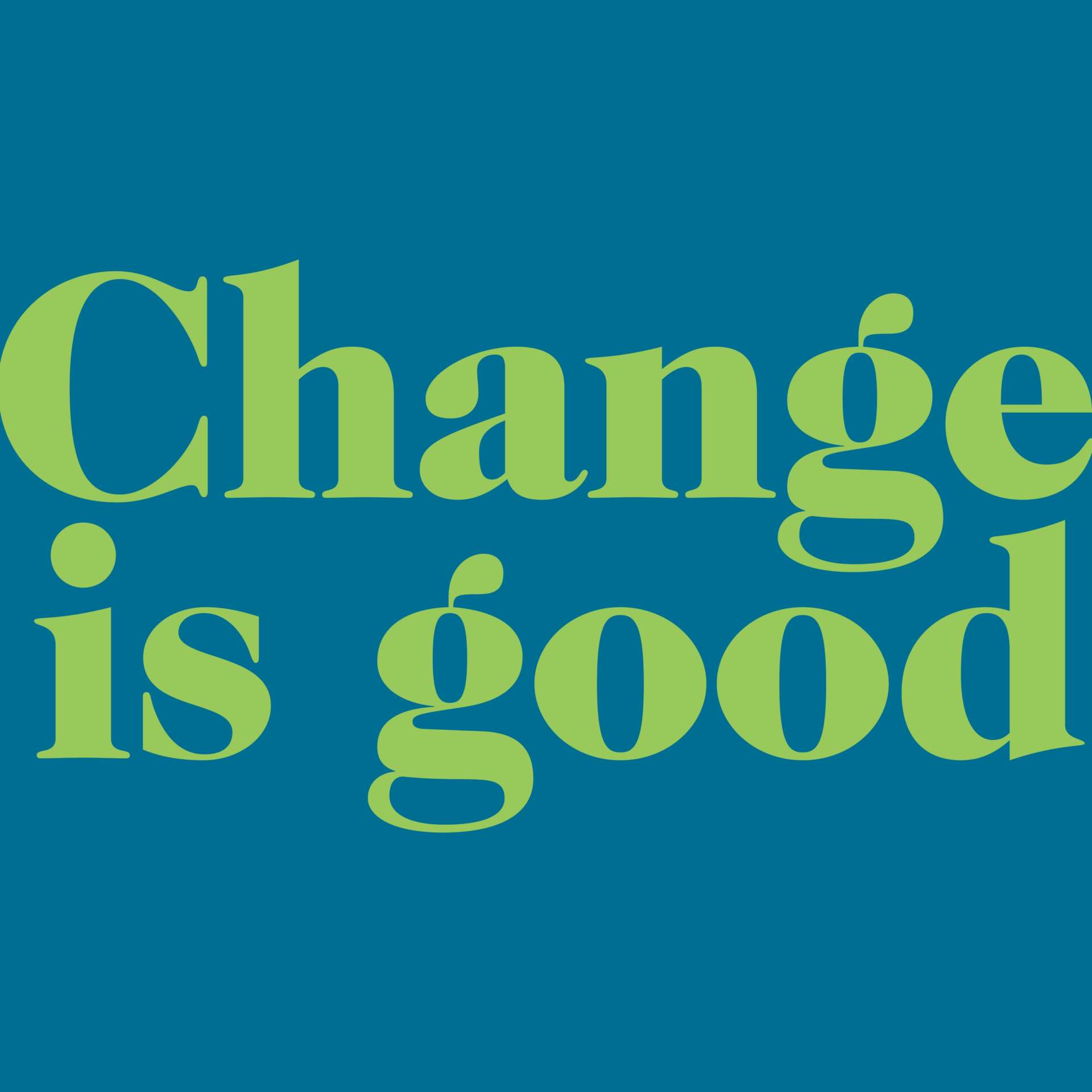
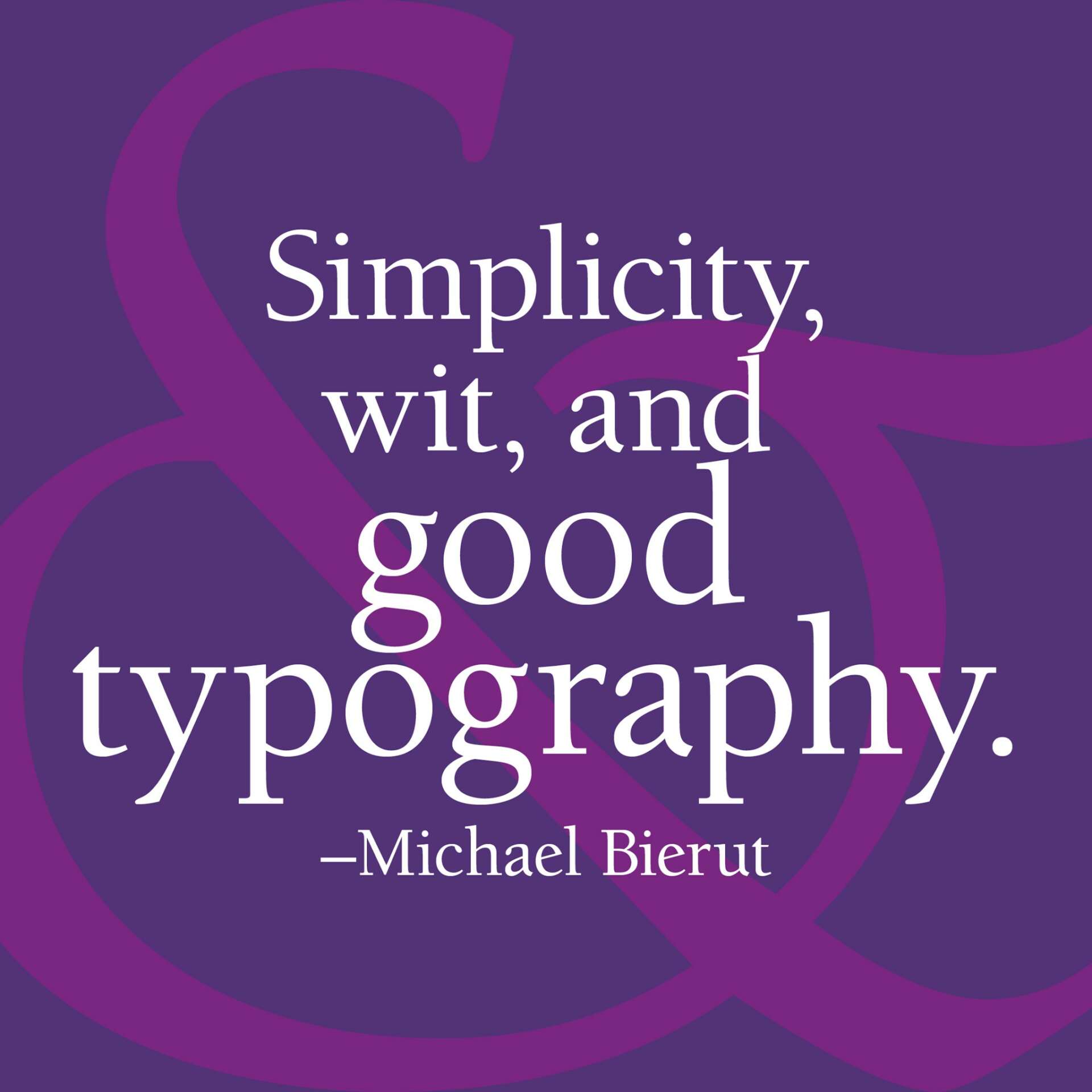

Let’s talk about resilience next – do you have a story you can share with us?
I studied design and visual communication at Ohio State University many years ago. One semester an extremely well-known Swiss designer was brought in to work with the students. Each design student had a highly-anticipated private session with him to talk about our studies and upcoming careers. As a young woman just learning my profession, I was nervous and excited. I suspect most of my fellow design students felt much the same.
He was a physically intimidating man — dressed in all black — sitting behind a large desk with an air of success and superiority. He asked me what I wanted out of my career and I muttered something about being an art director and hoping to have my own studio some day. He responded by saying “You can’t be serious. You are a woman.”
I could not believe my ears. And I don’t have a clear memory of what he said after that. I was crushed.
But I used those words as fuel and went on to have my own design studio and a long career despite many hurdles along the way. I have survived dramatic changes in the design profession, personal challenges and more in large part, I believe, because I am a woman.
How about pivoting – can you share the story of a time you’ve had to pivot?
When I studied design and visual communication and then launched by career in the late 1970s and early 1980s, computers were a whisper. I took an introductory computer course in COBOL, complete with punch cards, in order to earn my degree. And one of my senior year key projects was a slide show set to music using a computer of some sort.
In those early days, the vast majority of my work was done by hand. Hand-cut amberlith overlays. Neatly trimming and apply galleys of text on a board using a t-square and handdrawn guidelines to align the elements perfectly. Calculating the estimated length of typeset text in order to gauge page count and length. Covering every completed art board with tissue paper where I noted instructions and comments for the printer. Looking back, I believe those completed art boards were works of art, in a sense.
By the mid-1980s, thanks largely to Steve Jobs, personal computers and a vast array of effective software ignited a seismic change in the graphic design profession. While many of my peers left the design world, I made the decision to stick around and embrace the change.
I taught myself an entirely new way of doing my work. Some things were better. Some things were worse. But nothing was going to stop it.
One thing that didn’t change was how design itself is conceived, developed, modified and improved. In the end, effective design is effective design no matter what tools are used to create it.
Contact Info:
- Website: janebobeldesign.com
- Instagram: www.instagram.com/janebobeldesign/
- Facebook: www.facebook.com/janebobeldesign
- Linkedin: www.linkedin.com/in/janebobel/


